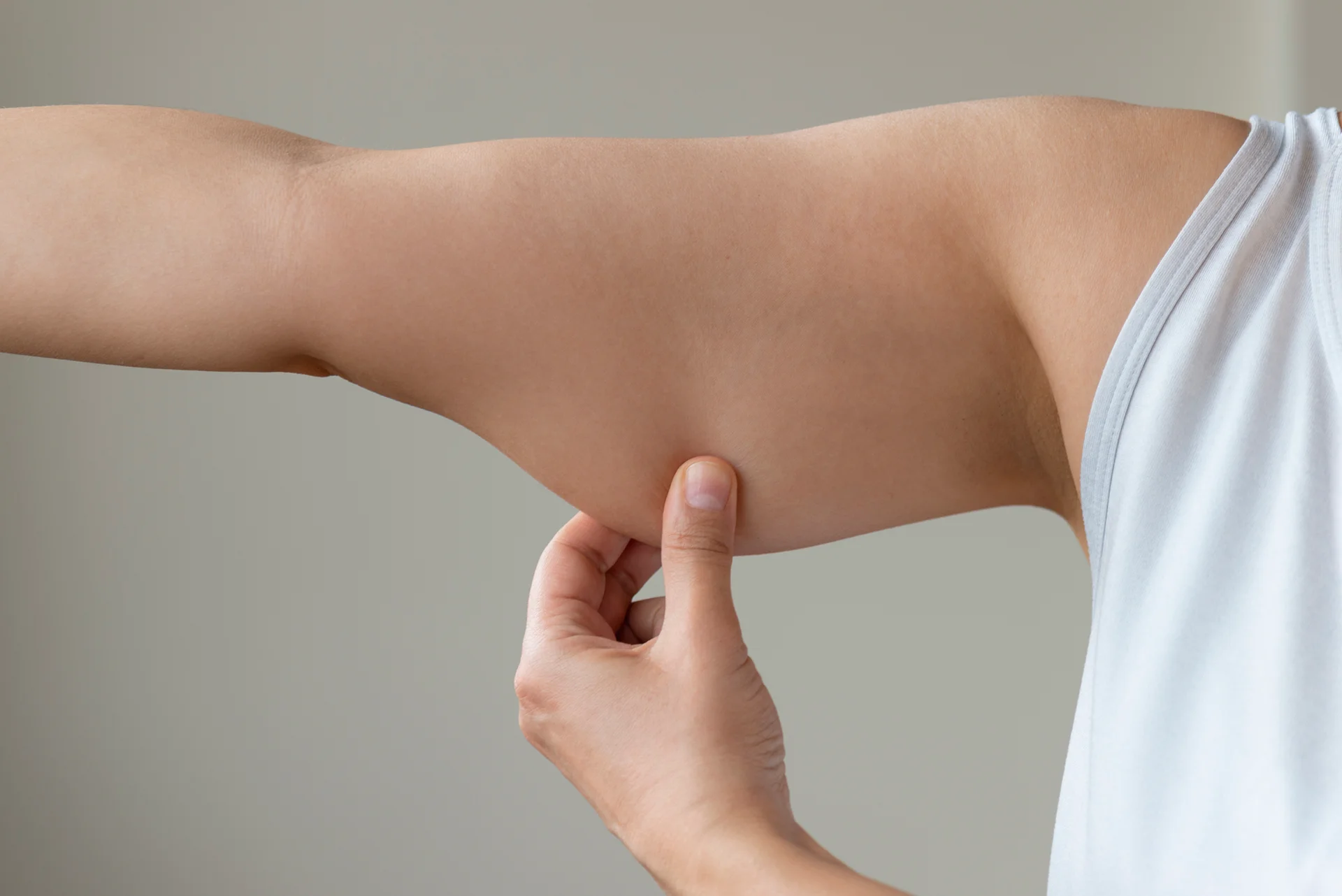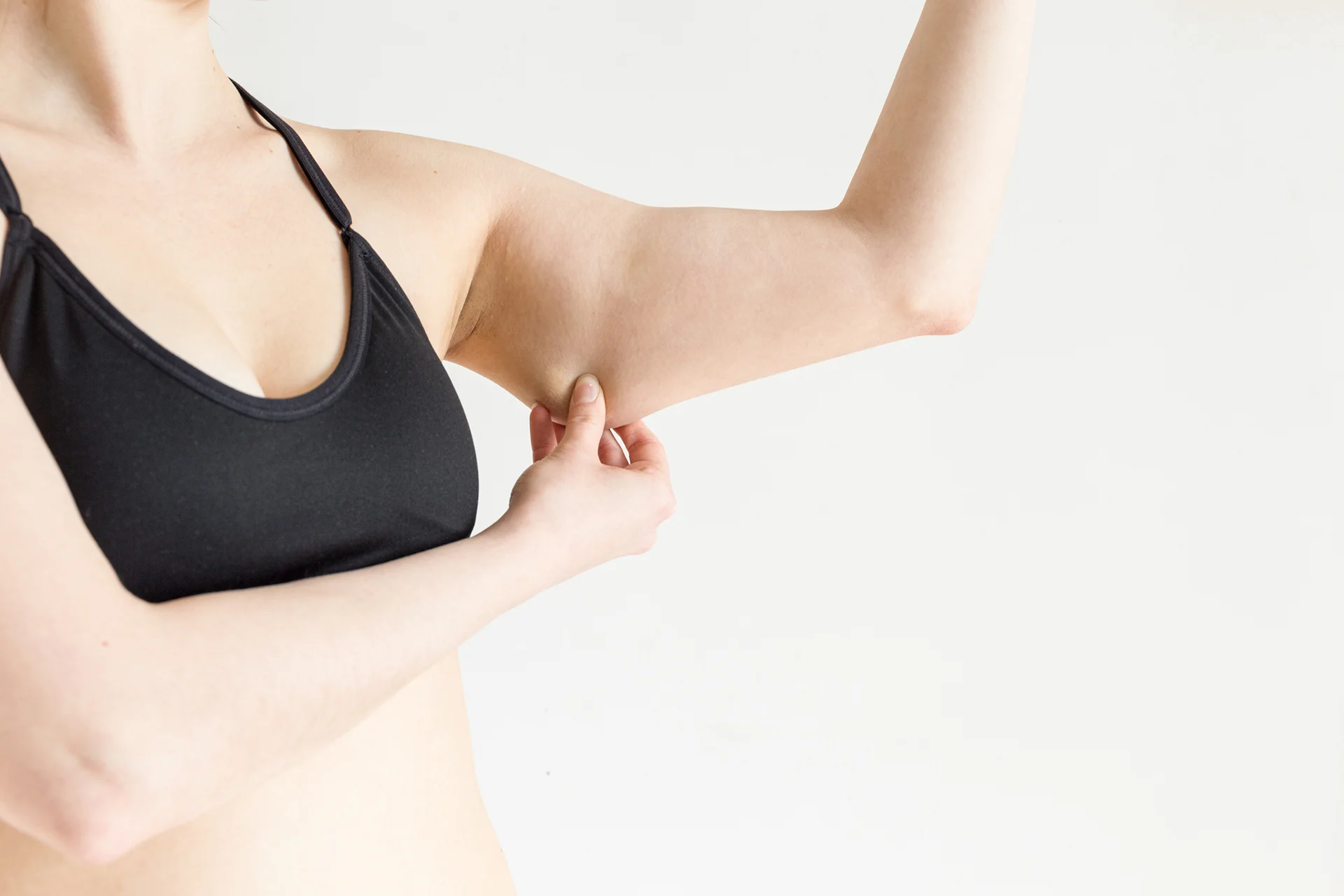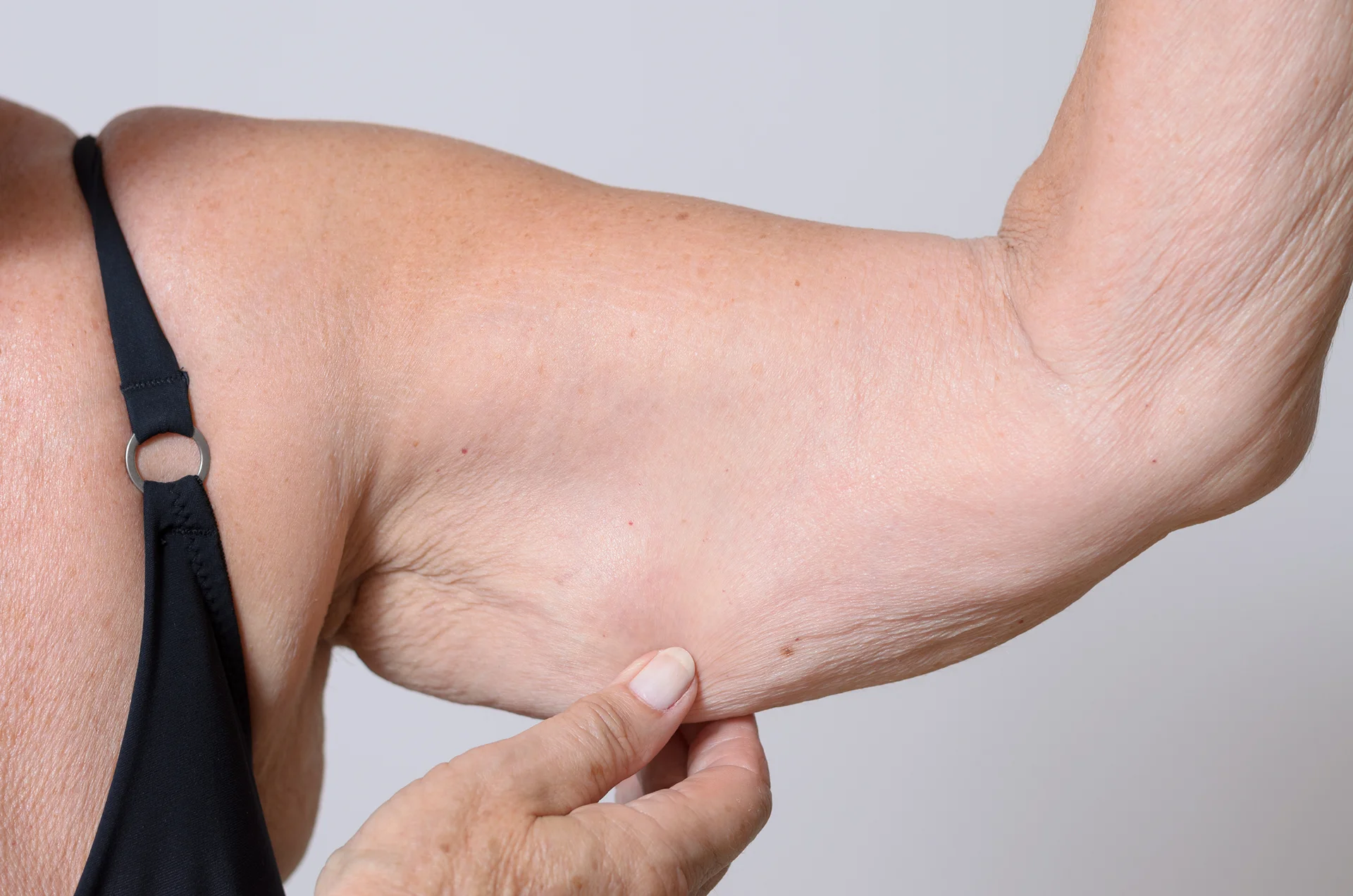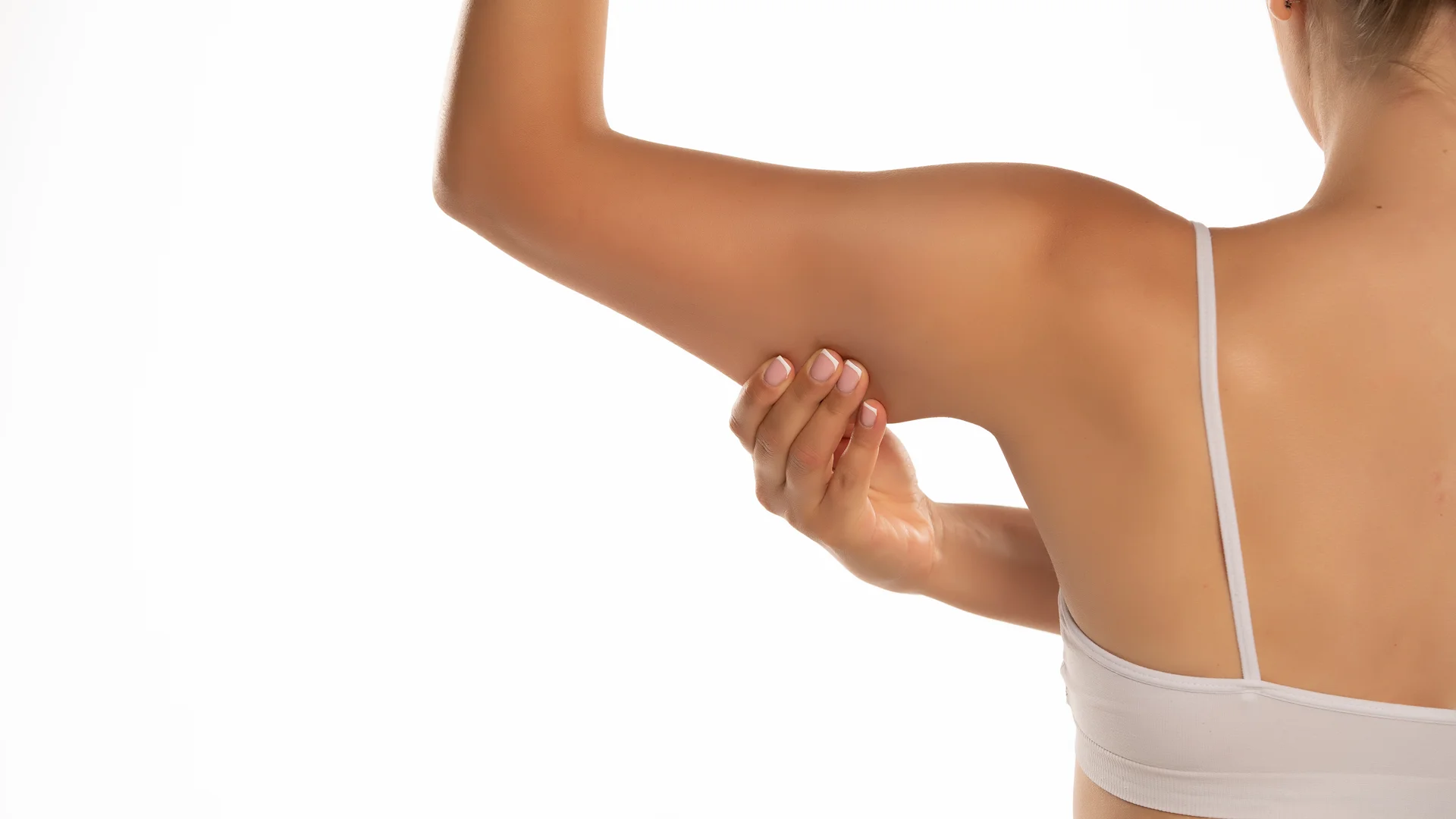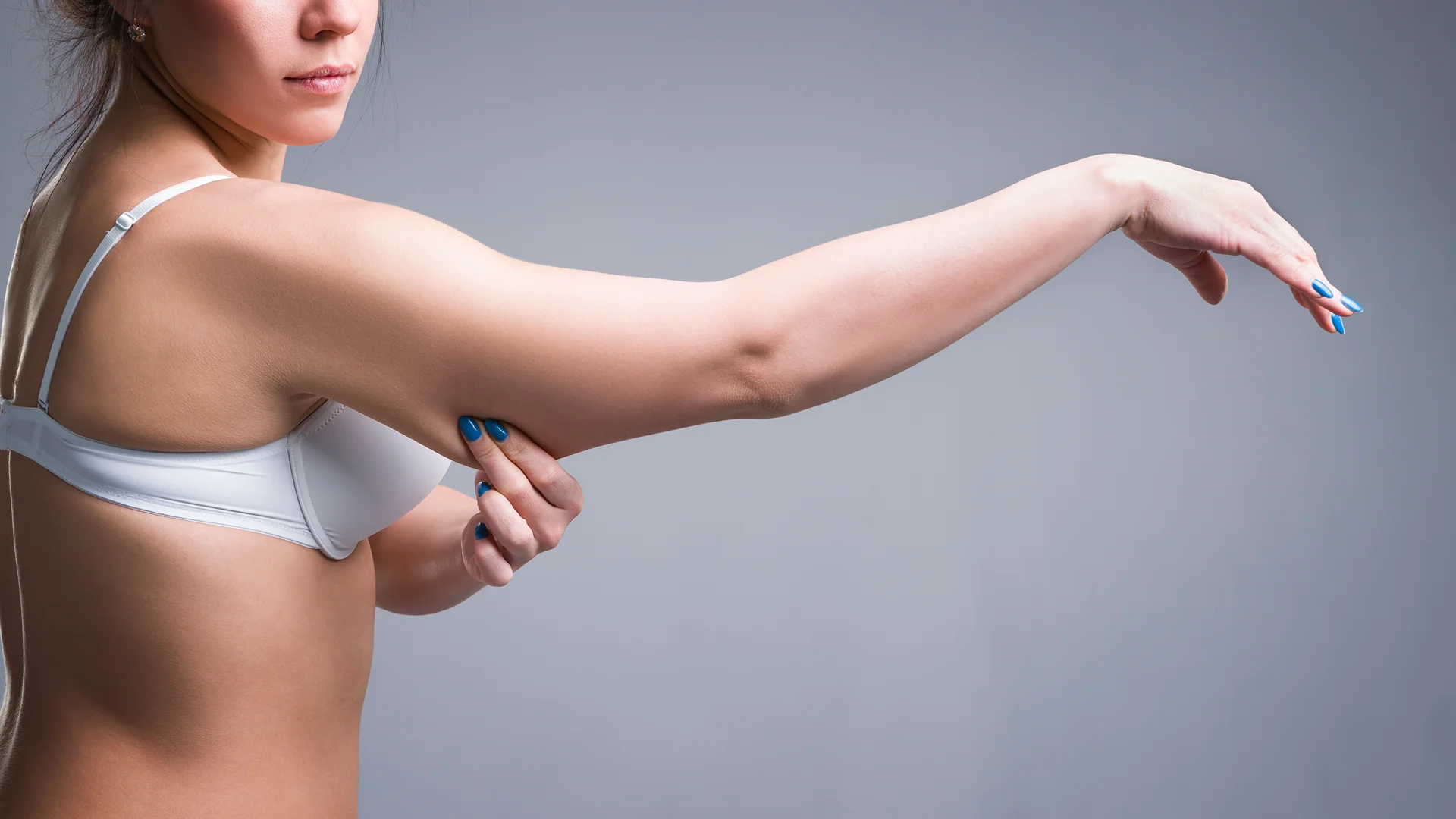What to Expect During Your Recovery Timeline
Brachioplasty, commonly known as an arm lift, removes loose skin and fat deposits to sculpt and contour the upper arms. According to a study by Nagrath and Winters on brachioplasty, surgeons most commonly perform this surgical procedure on patients following massive weight loss, aging, or pregnancy to improve the contour of the upper arm and axilla.
Stil, it’s a major surgery requiring a significant recovery period. Being prepared for what to expect during the healing process is imperative to ensure optimal results from your arm lift.
What Is the Typical Brachioplasty Recovery Timeline?
The typical brachioplasty recovery timeline involves 2-3 weeks for general recovery, with most patients returning to work within 1-2 weeks. It takes about 6 weeks for the body to fully recover and resume all activities, including exercise. Scars will fade significantly over time.
Here’s what to expect during the initial weeks and months after your arm lift surgery:
Immediately After Surgery
Your arms will be wrapped in sterile bandages and a compression garment to minimize swelling and encourage proper healing.
- You’ll likely feel drowsy and disoriented from the anesthesia at first.
- Temporary side effects like nausea, dry mouth, chills, and drowsiness are common and should pass within the first 24 hours.
- Make sure you have someone to assist you and transport you home safely.
First 48 Hours
The first two days following your brachioplasty will involve significant rest. You may have surgical drains in place under your arm incisions to remove fluid buildup and decrease pressure.
- Keep compression garments on at all times, only removing them to shower according to your surgeon’s instructions.
- Take all medications as directed to manage discomfort.
- Keep your arms elevated on pillows when resting to minimize swelling. Avoid lifting your arms over your head.
First Week
During the first week after your arm lift surgery, you’ll need to take it very easy and follow all post-operative instructions diligently. Dr. Darren Smith recommends taking at least a full week off from work and your normal routines.
- Minimize arm movement and don’t lift anything heavier than a cup of water.
- Keep the incision sites clean and watch for signs of infection.
- Bruising, swelling, and numbness will peak during this time. Continue wearing your compression garment and using medication as directed.
Weeks Two to Four
By the second and third weeks of your brachioplasty recovery, you can start to ease back into light daily activities. Swelling and bruising should begin subsiding. Numbness or tingling may persist around the incision sites.
- Dr. Smith will likely clear you to begin gentle range-of-motion exercises during this time to minimize stiffness in your arms.
- Many patients return to work on restricted duty after 2-3 weeks, avoiding heavy lifting or strain.
One to Three Months
During the first few months after surgery, you’ll gradually return to all normal activities including exercise. Swelling should significantly decrease and you’ll start to see your final results take shape.
- Your scars will begin maturing and fading.
- Around 6-8 weeks, most surgeons clear patients to resume their full exercise regimens, barring any strenuous upper body weight lifting which may need to wait until 3-4 months.
Six to Twelve Months
Within 6-12 months following brachioplasty surgery, most residual swelling will resolve and you can enjoy your final contoured arm appearance.
- Scars continue to mature and fade during this time.
- Your arms will look and feel firm, smooth, and rejuvenated.
- Make sure you protect your incision scars from sun exposure and continue following any guidance from your surgeon.
How long does it take for brachioplasty scars to heal?
Research published in Plastic and Reconstructive Surgery indicates that microneedling can enhance the look of scars after surgery if done soon after the procedure. In the study, patients who underwent microneedling 6 to 7 weeks following their operation saw noticeable improvement in their scarring compared to no treatment.
The researchers concluded that timely microneedling markedly improved the final scar appearance for brachioplasty patients and those who had other surgeries. Starting microneedling around a month and a half after brachioplasty seems optimal to reduce visible surgical scars based on this study’s findings.
What Can I Expect During the Initial Recovery Period After Brachioplasty?
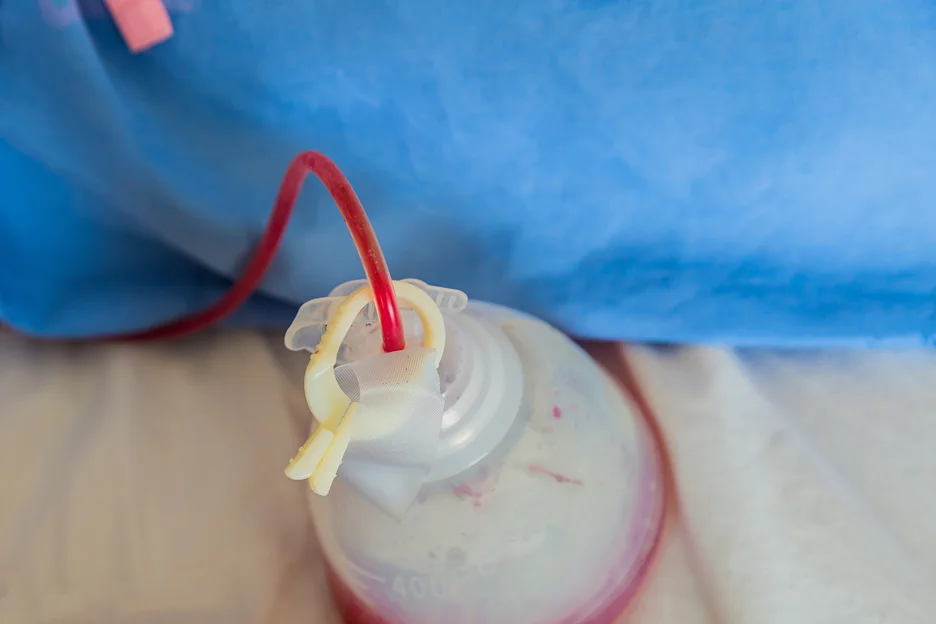
Expect drainage, pain, activity restrictions, compression garments, and incision care during the first week after brachioplasty when swelling, discomfort, and limitations peak. You’ll need assistance with hygiene and daily tasks.
Here’s what to expect in the initial days following your arm lift:
Drainage
Surgical drains are often placed during brachioplasty to prevent fluid buildup. Bulb suction drains collect blood and fluid around the incisions. Your surgeon will provide instructions on drain care and measuring output. Drains are typically removed 1-2 weeks after surgery once drainage is minimal.
Discomfort and Pain
Moderate discomfort is common after brachioplasty. Dr. Smith will prescribe oral pain medication to manage discomfort. Pain is often worse for 2-3 days but improves over the first week. Anesthesia can cause nausea and dizziness.
Activity Restrictions
Avoid lifting arms over your head or engaging in strenuous motions to protect incisions. Your surgeon may recommend splints to immobilize your arms. No heavy exertion or exercise. Rest as much as possible.
Compression Garment
Wear a snug compression garment continuously, except for showering, for 1-2 weeks. This minimizes swelling and encourages healing. Follow your surgeon’s advice on garment duration.
Incision Care
Gently cleanse incisions with mild soap and water. Watch for signs of infection like worsening redness, swelling, warmth, oozing, or foul odor.
Hygiene Assistance
Daily activities will require help from a friend or family member during the first week when mobility is limited.
Does Brachioplasty Leave a Scar and Have Other Side Effects?
Yes, scarring is one of the more common side effects of brachioplasty. According to a study by Zomerlei et al., hypertrophic scarring was a common complication noted in brachioplasty patients, occurring in 24% of cases.
The extent and appearance of scars can vary based on individual healing factors, the surgical technique used, and postoperative care. Dr. Smith provides detailed instructions for scar care to minimize their appearance over time.
Expect other temporary side effects like bruising, soreness, and stiffness as your body heals and adjusts after brachioplasty. Monitor your symptoms closely and contact your surgical team if anything seems severe or abnormal.
Besides mild pain and scarring, other common side effects include:
Swelling and Bruising
Significant swelling and bruising are unavoidable after brachioplasty. Swelling peaks at around 3-5 days post-op and can last for several months. Bruising tends to concentrate around the incisions. Elevation, compression, rest, and your surgeon’s care instructions will help minimize this.
Numbness
Your upper arms will likely feel numb around the surgery sites due to nerve damage from incisions. This tingling or numb sensation should fade gradually over 2-6 months. Small sections may remain permanently numb.
Stiffness and Soreness
Expect your upper arms to feel very stiff, tight, and sore for the first couple of weeks after surgery as you maintain very limited mobility. Gentle range-of-motion exercises will help improve this once Dr. Smith approves them.
Infection
Infection is another potential side effect, with the same study by Zomerlei et al. reporting a 14.6% incidence rate. To lower your infection risk, closely follow your surgeon’s postoperative instructions. Watch for signs of infection like more pain, swelling, redness, or fluid leaking from the incision
Potential Complications
While not common, potential brachioplasty risks include bleeding, infection, pain or nerve damage, and lack of improvement. Monitor closely and follow all home care instructions to support proper healing.
When Can I Resume Normal Activities After Brachioplasty?
After brachioplasty surgery, gradually ease back into your regular activities over 1-2 months as healing allows to prevent complications. Follow Dr. Smith’s exact timeline for resuming light daily tasks, driving, light exercise, work duties with modifications, and eventually your full arm workout regimen around 6-8 weeks post-op.
Here are general guidelines for when it’s safe to resume regular activities:
| Activity | When It’s Safe to Resume |
| Light Daily Activities | After 1-2 weeks |
| Driving | After 2 weeks if not taking strong pain meds |
| Light Exercise | After 4-6 weeks with surgeon’s guidance |
| Work, School, Childcare | After 2-4 weeks if duties are modified |
| Full Exercise Regimen | After 6-8 weeks with surgeon’s clearance |
Light Daily Activities
Things like running errands, folding laundry, washing dishes, and dusting can usually be resumed in limited capacity after the first week. Avoid heavy lifting or strenuous reaching.
Driving
Driving requires arm mobility and quick reactions, so wait until at least 2 weeks post-op if you’re off narcotic pain medication. Move your seat closer and avoid long trips.
Light Exercise
Around a month after your brachioplasty, Dr. Smith may approve starting light exercises like walking, gentle yoga, stationary biking, or swimming. Avoid lifting weights or strenuous cardio.
Work, School, Childcare
Returning to work, school, or childcare duties depends on your recovery progress and ability to limit arm strain. Ease back in gradually on limited or modified duty after 2-4 weeks.
Full Exercise Regimen
Most surgeons recommend waiting 6-8 weeks to resume your full normal exercise routine including weight training for your arms. Make sure you have clearance before ramping activity back up.
How Can I Promote Proper Healing After My Brachioplasty?
To minimize brachioplasty recovery swelling, follow Dr. Smith’s instructions on using prescription medication, over-the-counter drugs, cold compresses, arm elevation, relaxation techniques, and pain management appointments. These methods help control discomfort and fluid buildup.
Follow all these guidelines closely and implement these healing tips:
Follow Post-Op Instructions
Carefully follow all of the post-operative instructions provided by your surgical team to support healing and minimize risks of complications. This includes guidelines for wearing compression garments, caring for incisions, taking medication, returning to activity, and more.
Keep Incisions Clean
Proper incision care is crucial after brachioplasty. Gently cleanse around the sutures daily with mild soap and water, apply any ointments as directed, and keep them covered with dressings. Watch closely for signs of infection like worsening redness, swelling, oozing, or foul odor.
Wear Compression Garment
Wear your post-surgical compression garment as directed, usually for at least 1-2 weeks continuously aside from showering. This applies gentle pressure to minimize swelling and encourage proper healing. Make sure it is not painfully tight.
Elevate Your Arms
Keep your arms propped up on pillows or other soft supports as much as possible, especially during the first week. This utilizes gravity to reduce swelling and fluid buildup. Avoid letting your arms hang down at your sides.
Stay Hydrated
Drink plenty of fluids like water and electrolyte drinks to stay hydrated and support healing. IV fluids may be given at your surgical facility. Avoid alcohol while recovering.
Eat a Healthy Diet
Stick to a balanced diet with plenty of whole foods, lean proteins, fruits and vegetables, and fluids to aid healing. Avoid salt, sugar, and greasy foods which may contribute to swelling. Take any supplements recommended by Dr. Smith.
Get Adequate Rest
Make rest a top priority during recovery, especially for the first 2 weeks. Listen to your body and go back to bed if you ever feel overtired. Enlist help so you don’t have to worry about chores or obligations.
Avoid Straining Your Arms
Follow all activity restrictions from your surgeon. Avoid lifting your arms overhead or reaching for anything. Don’t carry shopping bags or groceries. Prevent any pulling on your incisions until completely healed.
What Is Brachioplasty Post-Op Care Like?
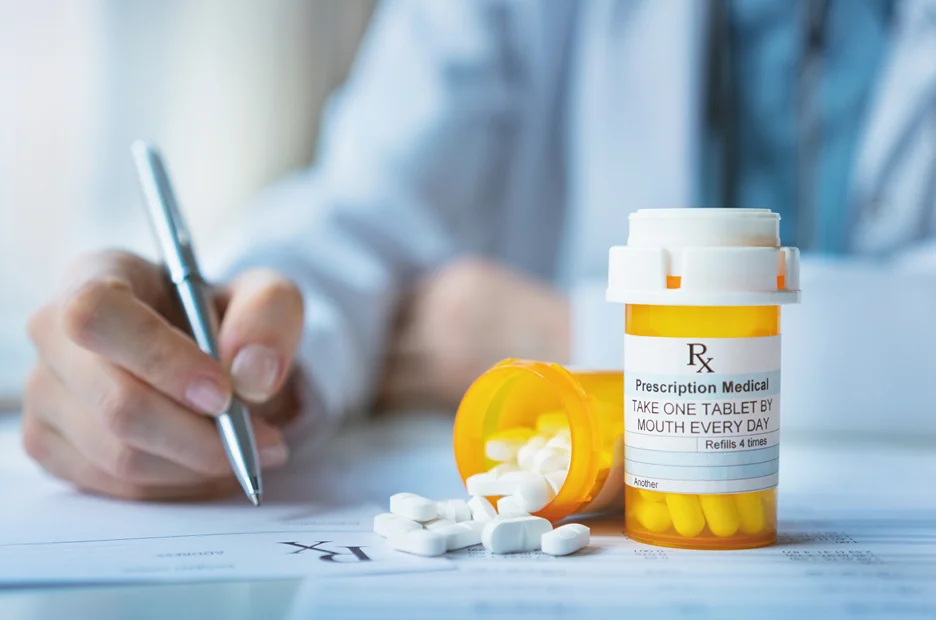
After brachioplasty, expect moderate discomfort managed by Dr. Smith’s prescribed medication, over-the-counter drugs as approved, cold compresses, arm elevation, relaxation techniques, and possible pain management appointments.
Carefully follow all Dr. Smith’s instructions on medication use, watching for infection, cold therapy, keeping arms raised, and stress reduction to aid your recovery.
Prescription Medication
Dr. Darren Smith will prescribe oral pain medication to take for the first several days at home. Take only as directed to control serious discomfort. Do not drive while taking strong prescription pain pills.
Over-the-Counter Drugs
For milder discomfort after the first few days, Dr. Smith may approve over-the-counter options like acetaminophen or anti-inflammatory drugs. These can supplement prescription medication as pain decreases.
Cold Compresses
Applying cold compresses or ice packs intermittently can help relieve pain and swelling. Wrap ice packs in a towel and avoid direct skin contact. Check with your surgeon about using cold therapy.
Arm Elevation
Keep your arms raised on pillows when at rest. This utilizes gravity to reduce swelling, fluid buildup, and throbbing. Avoid letting your arms hang down.
Relaxation Techniques
Try mindfulness, deep breathing, meditation, or music therapy to help relax both your body and mind. Reducing stress and tension aids the overall healing process.
Pain Management Appointments
If the pain seems severe or lasts longer than expected, your Dr. Smith may recommend follow-up appointments for pain management assistance. Additional pain relief techniques or medication adjustments can help get you back on track.
Realize Your Vision for Confident, Contoured Arms
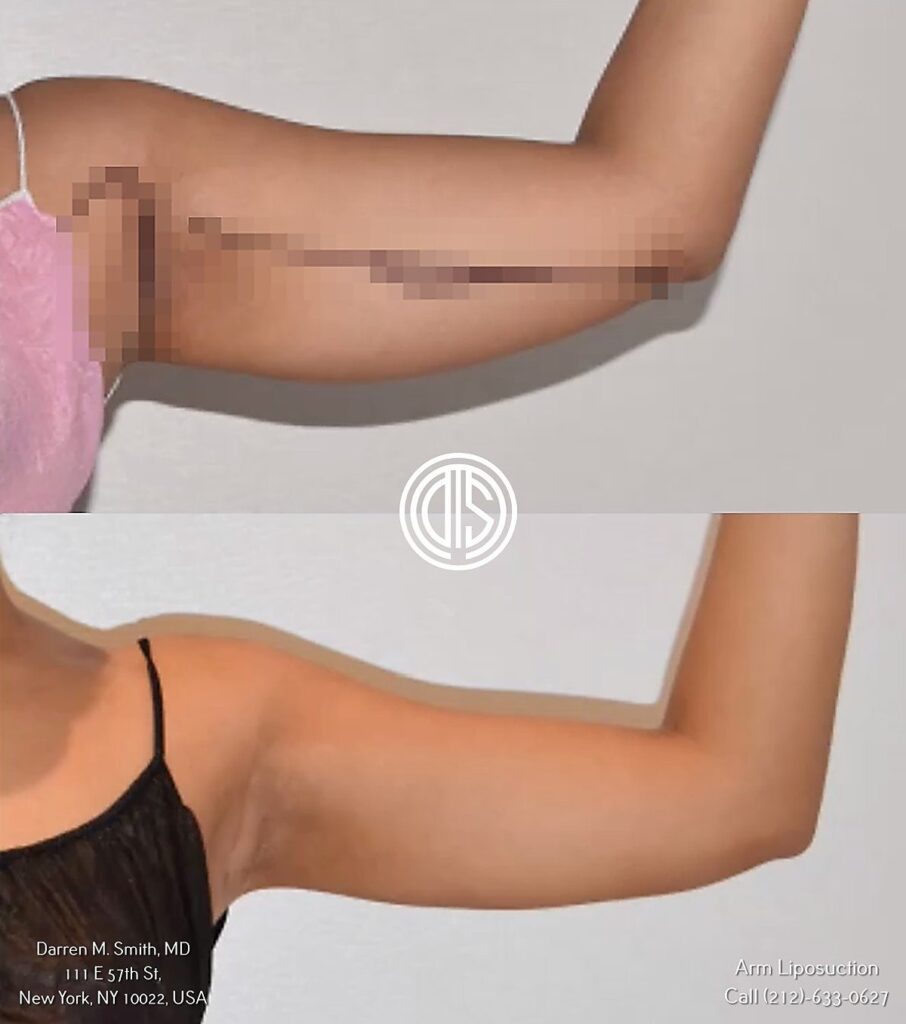
Recovering after brachioplasty arm lift surgery requires diligent care, patience, and following your cosmetic surgeon’s guidance. While the first two weeks post-op bring the most restrictions, swelling, and discomfort, your results will be well worth it.
Within 6-12 months or even sooner, you can enjoy smooth, toned, and rejuvenated upper arms free of excess skin and fat. Consider all of the recovery details and prepare properly to ease this transitional period.
If you’re bothered by loose sagging skin or stubborn fat deposits in your upper arms, brachioplasty could be the right choice to help you achieve the contours you desire.
Dr. Darren Smith is an experienced, highly skilled NYC plastic surgeon who has helped many patients achieve their goals of more toned, sculpted arms through brachioplasty. He provides a customized approach, advanced techniques, and excellent care.
Schedule a consultation with Dr. Smith today to determine if brachioplasty is right for you, review your options, and discuss recovery details.

